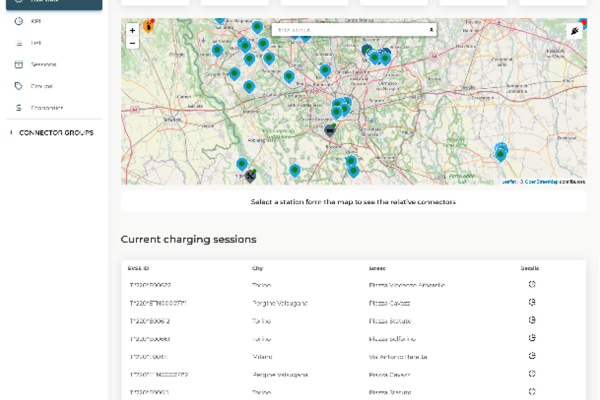Mark McKenna from Bluedrop Services advises on all the different options available to help communicate safely with your drivers while they are on the road.
Communicating with your business drivers while they are on the road can be essential and often needs are immediate either between the office and sales staff, or to help with scheduling deliveries, and providing traffic, or weather updates to delivery trucks or even taxi drivers. But hand in hand with on-the-road communications comes the duty of care liability and the inherent need to find a communication method that is safe and effective. Whilst a full range of fleet communication methods are out there, it is important to find something that is intelligent and does not take advantage of messaging for the sake of it.
Improvements in communication methods
These days communication with drivers has moved on past more than simply the data contained in a key inserted into the dashboard, switching from modems and hardware communications to smartphones, apps and telematics. Communication now needs to provide a workflow and directions to drivers and allows the fleet manager or office staff to geo-locate drivers and allocate those with the right skills to the nearest next job.
Due to improvements in accessibility, wi-fi, mobile coverage, and cloud storage two way communication has evolved exponentially presenting more and more convenient, and where possible, immediate opportunities for communication. Often the safety requirement does not prevent the need for communication so it is more about finding the safest options and procedures to allow for real-time communication.
Communication options
Hands-free audio connected via Bluetooth to a mobile or live chat functions via a mobile app are good options for immediate communications whilst on the go. These can be particularly useful for issues such as weather or traffic which could hinder delivery schedules and mean losses for the company.
Real-time communications will also be useful when identifying on-the-go maintenance and fuel options. Whilst you can optimise routes, stops and cheapest fuelling options in advance there are always needs for flexible contingencies so access to immediate information to make quick decisions is important.
In many cases it will be more important to leave messages for your driver, who can identify easily if they are urgent and they need to pull over at the earliest opportunity to take the message or if they can wait until the next scheduled stop to do so. This can often be done through an audible alert system or spoken-word notifications. Such systems can also be programmed to send the alert but prevent the driver from interacting with or reading the alert until they have physically stopped their vehicle to ensure ultimate safe and secure communications. With safety as a top priority, a system that does not function whilst a vehicle is in motion is clearly a prudent consideration.
Ensure your communication system is flexible
An integrated communications system will need to be able to run on multiple devices, such as smart phones, tablets, laptops, etc to allow for complete flexibility within your fleet and to ensure drivers are not hindered in any way. In addition to this it is important to have options available for targeted and relevant messaging to individual drivers without broadcasting to everyone, as well as the option for group communications where necessary.
As everyone wants to move towards a faster, convenient and safer method of communication it is important for drivers to have access to all of the required information needed to complete a job in a seamless process without the possibility of mistakes creeping in. This can mean an App to provide scheduling, routing, traffic, weather, options to request breakdown assistance, as well as customer billing, tracking and the ability to close a job all in one easy system. Apps are also a perfect solution for continuing to send out communications on fleet policy and driver safety tips which can all be highlighted as something to read when the opportunity arises between jobs or during a coffee break.
Integrate systems to aid driver safety
Other fleet management tools to track and measure driver behaviour such as harsh braking, speeding, acceleration, idling and sharp turns can also be considered as part of a telematics system to allow real-time data on the safety of your drivers. These systems can also provide audible coaching alerts to streamline best practices and reduce accidents whilst encouraging drivers to be more fuel-efficient on the road.
Whilst productivity teamed with safety can be complicated, it can also lead directly to a positive bottom-line impact. Future projections for advances in technology are pointing to more focus on maintenance, safety and repair. This will mean the driver receiving information direct from the vehicle on needs for repair or maintenance so quick decisions can be made and reported back to the office in real time. Watch this space!…
Written by Mark McKenna
Mark is a commercial insurance specialist. Starting work in the insurance profession in 1985 he has over 30 years’ experience in all areas of commercial insurance. As National Sales Manager for Bluedrop Services. Mark currently specialises in Motor Fleet Insurance and offers advice and support to customers in this area.







